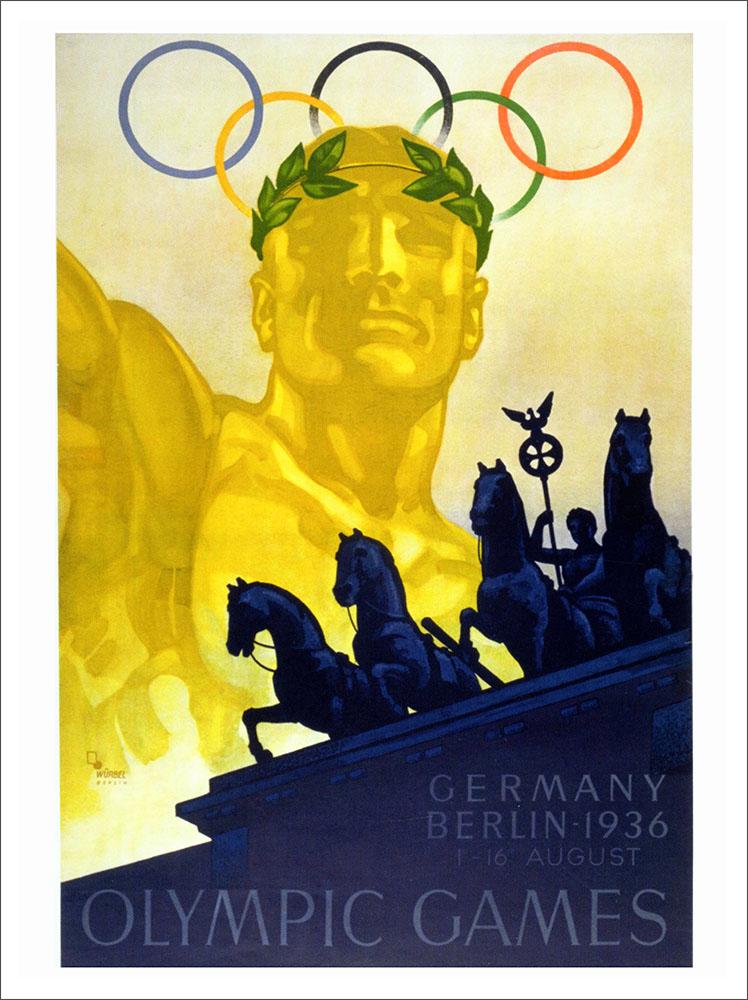

Her exhibition, ‘The Rise of the Butterflies’, comprises a massive installation of five sensuous Murano glass mobiles suspended in the space and a triptych of paintings on photographs. Although her works – which are rendered in a range of media, from sculpture to video and photography – speak of themes such as absence, memory and loss, they also form exultant tributes to resilience and ingeniousness. The practice of Cuban-born, Tennessee-based artist María Magdalena Campos-Pons is often concerned with diasporic experiences and nods to her own West African roots, by way of the Transatlantic slave trade. Courtesy: the artist and Galerie Barbara Thumm María Magdalena Campos-Pons, Untitled, 2021, gouache on inkjet on paper, each 117,5 x 83 cm (framed). Ultimately, however, it’s the datasets and seismic maps that tell us more about the devastating phenomenon than the information we perceive with our bare eyes.
The work melds a variety of alternating perspectives of the spectacular natural park, at times positioning the viewer within the riverbed, at others hovering over the gorge. Science Magazine describes the geological phenomenon as ‘massive chemical reactors’, and ‘hotspots of CO2 emissions’. Taiwan is one of the most rockslide-prone countries in the world, and the researchers observing the site are investigating how they affect the climate. The work was created in collaboration with geoscientists and geomorphologists in Germany and Taiwan and captures an elaborate monitoring network in Taiwan’s Taroko National Park, famous for its precipitous marble gorge. Courtesy: the artist and Alexander Levyįirst exhibited at the 2020 Taipei Biennial, the video installation frame of reference (2020) by Berlin-based Taiwanese artist and filmmaker Su Yu Hsin is a multi-channel essayistic exploration of our reliance on technology to observe, visualize and engage with the natural world. Su Yu Hsin, frame of reference (2020), exhibition view. Although never ratified, the loss of power loomed large in the nationalistic rhetoric of the father of modern Turkey, Mustafa Kemal Atatürk, and, only three years later, the region’s borders were redrawn in the Treaty of Lausanne, leaving Kurds without a self-ruled territory. The treaty ceded nearly 80 percent of the Ottoman Empire to allied forces at the end of World War I. For her debut show with the gallery, Sahin is creating an installation centred around an image of Minerva – specifically, the porcelain figurine of the Roman goddess that decorated the inkwell used at the signing of the Treaty of Sèvres in 1920. Moving freely between media, Sahin’s work offers sharp observations on patriarchal structures, violence and the legacies of war, especially in relation to her own Kurdish-Alevi heritage. It is, perhaps, the exceptional versatility of Cemile Sahin’s practice – she is a prize-winning artist and novelist – which accounts for her meteoric rise in the art world. Courtesy: the artist and Esther Schipper, Berlin photograph: Andrea Rossetti Several pieces, such as To be in an upright position on the feet (2016), also link Berlin, where the artist has been based since 2009, with her hometown of Tbilisi and, in particular, the Simon Janashia Museum of Georgia, where Djordjadze became fascinated by the contrast between the institution’s handmade, human-scale, Soviet-era vitrines and its cathedral-like dimensions.Ĭemile Sahin, 'It Would Have Taught Me Wisdom', 2021, installation view. In fact, Djordjadze’s process of installing is, in itself, an excavation of sorts – of the exhibition space’s history, mood, light conditions, echo and affect, which all become further elements in her site-adaptive works.
#ART PRINTPRESS BERLIN SERIES#
It seems only natural, then, that Thea Djordjadze – whose sculptural practice engages with the modes and spatial conditions of displaying artifacts across history and cultures – would choose to respond to the architecture of this space with a new series created for her first Berlin museum show. The historic Schliemann Hall at the Gropius Bau was originally designed, in 1881, to house archaeologist Heinrich Schliemann’s excavations of near-Asian antiquity. Courtesy: the artist and Portikus, Frankfurt am Main photograph: Diana Pfammatter Thea Djordjadze, Why hold on to that?, 2018, exhibition view.


 0 kommentar(er)
0 kommentar(er)
